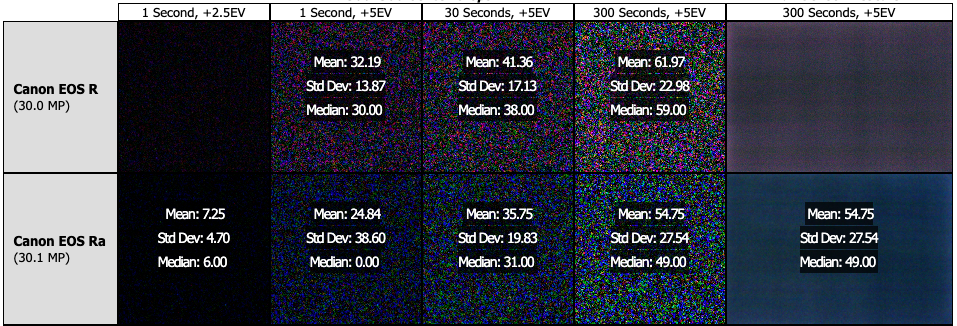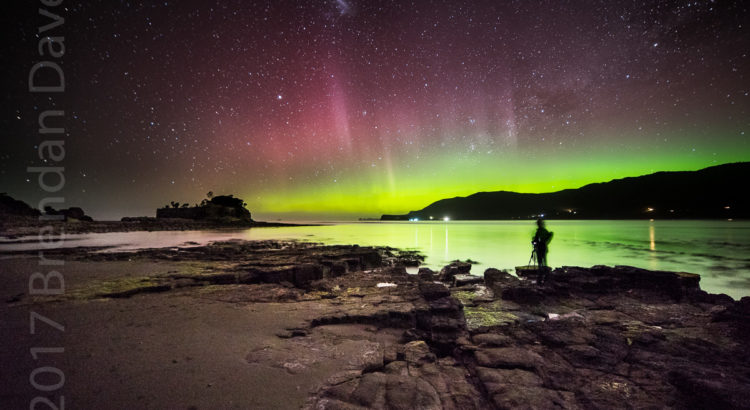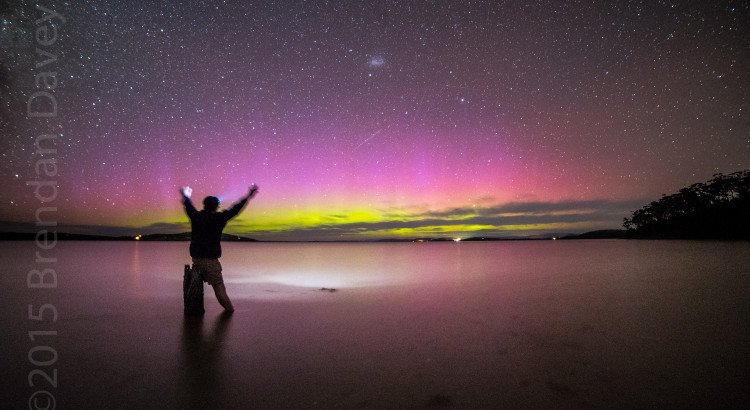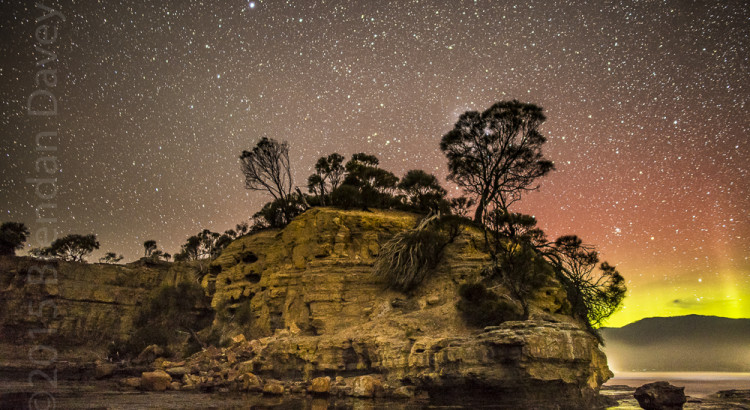The Canon EOS Ra is aimed at the Astrophotography community. It’s main difference compared to the normal R model is the modification on sensor IR filtering to produce better images for deep nebulae.
“Positioned in front of the CMOS imaging sensor, The EOS Ra’s infrared-cutting filter is modified to permit approximately 4x as much transmission of hydrogen alpha rays at the 656nm wavelength, vs. standard EOS R cameras. This allows for a higher transmission of deep red infrared rays emitted by nebulae, without requiring any other specialized optics or accessories.” – Canon Website
So aside from this change is the sensor any better when compared to the normal R model? Well the short anwser is yes, it is better than the normal R model. The Ra is consistently Better accross all the exposure lengths:

The Camera still lags behind the competition in regards to general noise at one second and appears well down the list, and slightly further at 30 seconds. However it is possibly Canon’s best performer when taking into consideration the MegaPixel count of the sensor.
At 300 seconds or 5 mins the camera does perform better, given the MP count it performs well when compared with other models. It is now somewhat closer to the top of the list. It does not appear to be doing any aggressive NR, as I would expect having the ‘a’ tag. Some of the better performing models at 1-30 seconds fall over at 300 seconds due to the sensor getting too hot. The Ra does not appear to have that problem. It’s also worth noting that the edges of the sensor are holding up better than than the R model, again possibly due to better thermals.
So overall it’s better than the R, and Canon may be selecting the Best sensors for Ra conversion. And the noise is linear and consistant for longer exposures. Check how it compares to other models in the SensorDB youself.


 Then a few weeks ago the chatter started across various tog sites, rumours so wonderful they seemed to good to be true. The new 14mm was indeed going to be FF. At this point I like many others were hanging out on the edge of their seat, waiting for an official press release. Had Sigma done the impossible? Well it appeared they had when the offical word was given from Sigma. Since then specifications have been released, as well as sample pictures.
Then a few weeks ago the chatter started across various tog sites, rumours so wonderful they seemed to good to be true. The new 14mm was indeed going to be FF. At this point I like many others were hanging out on the edge of their seat, waiting for an official press release. Had Sigma done the impossible? Well it appeared they had when the offical word was given from Sigma. Since then specifications have been released, as well as sample pictures. However, the story is not over. Possibly the most important piece of information is missing. How much is it going to cost? Surely bending the laws of physics and light comes at a cost? Now we wait, stuck in a holding pattern until Sigma release offical pricing. Oh course it does not stop people of speculating, so far I’ve seen people quote the lens as cheap as $800, and as much as $3000. Oh course I know a few people who are familiar with Sigma pricing, and they believe it should be around the $1500 mark (AUD).
However, the story is not over. Possibly the most important piece of information is missing. How much is it going to cost? Surely bending the laws of physics and light comes at a cost? Now we wait, stuck in a holding pattern until Sigma release offical pricing. Oh course it does not stop people of speculating, so far I’ve seen people quote the lens as cheap as $800, and as much as $3000. Oh course I know a few people who are familiar with Sigma pricing, and they believe it should be around the $1500 mark (AUD).


 ures of the car, and of course, shot in a way that enhances the cars features.
ures of the car, and of course, shot in a way that enhances the cars features.